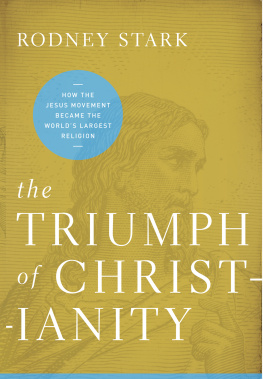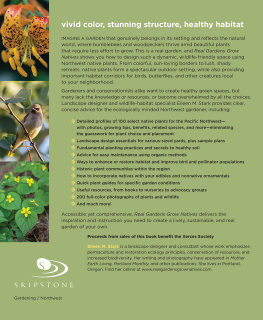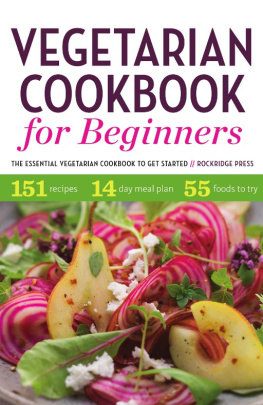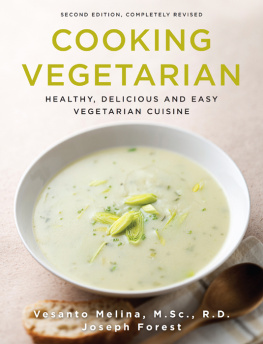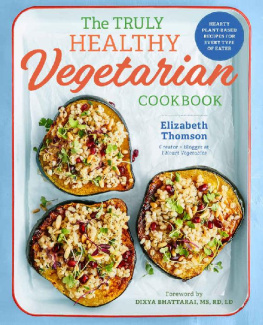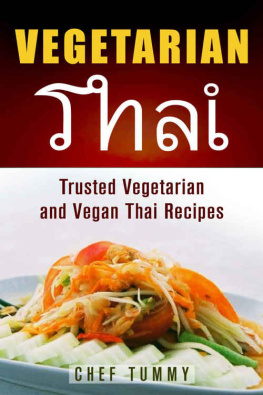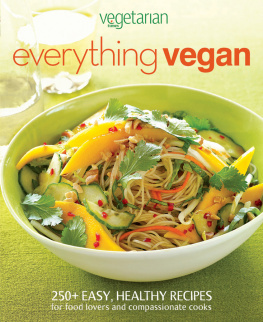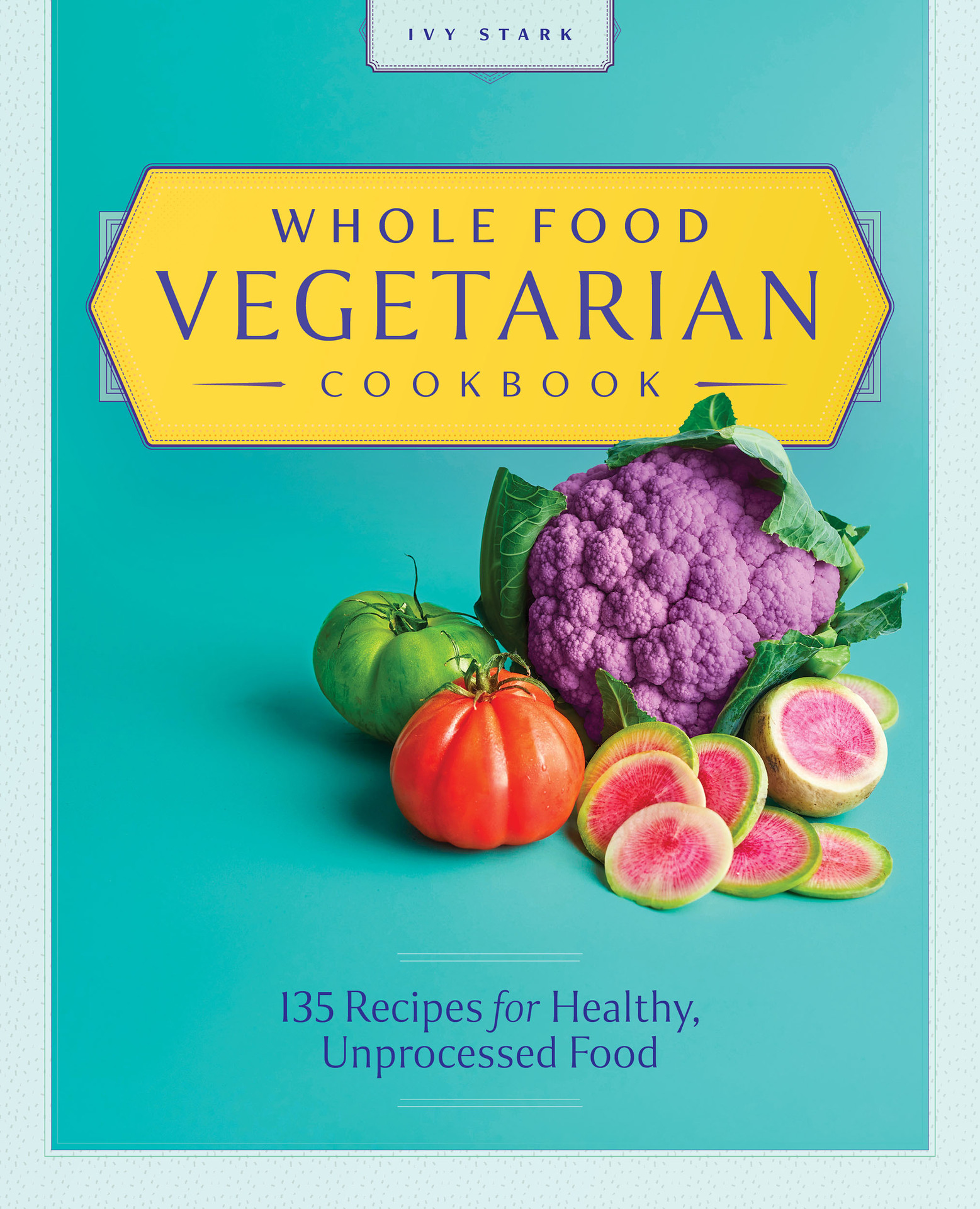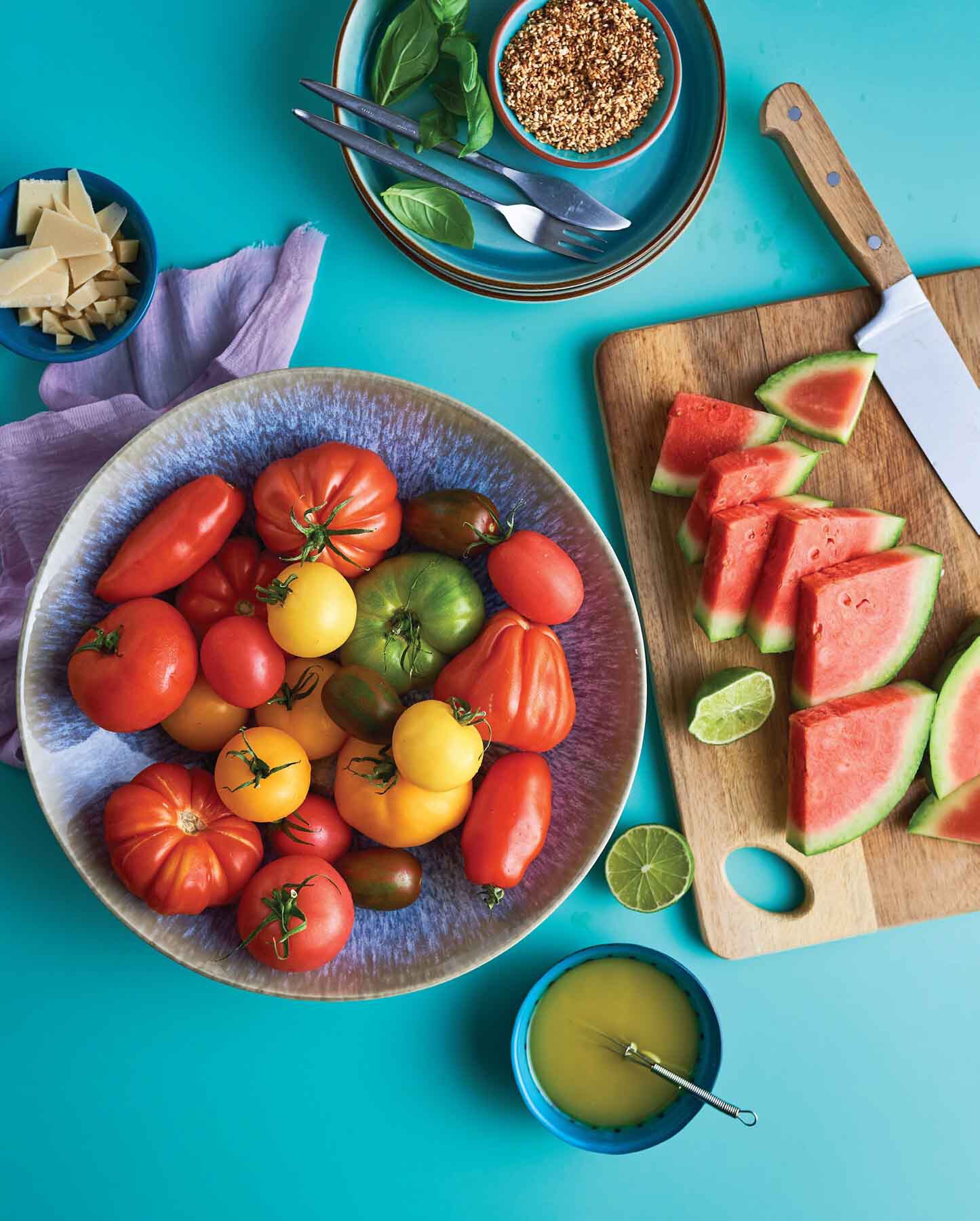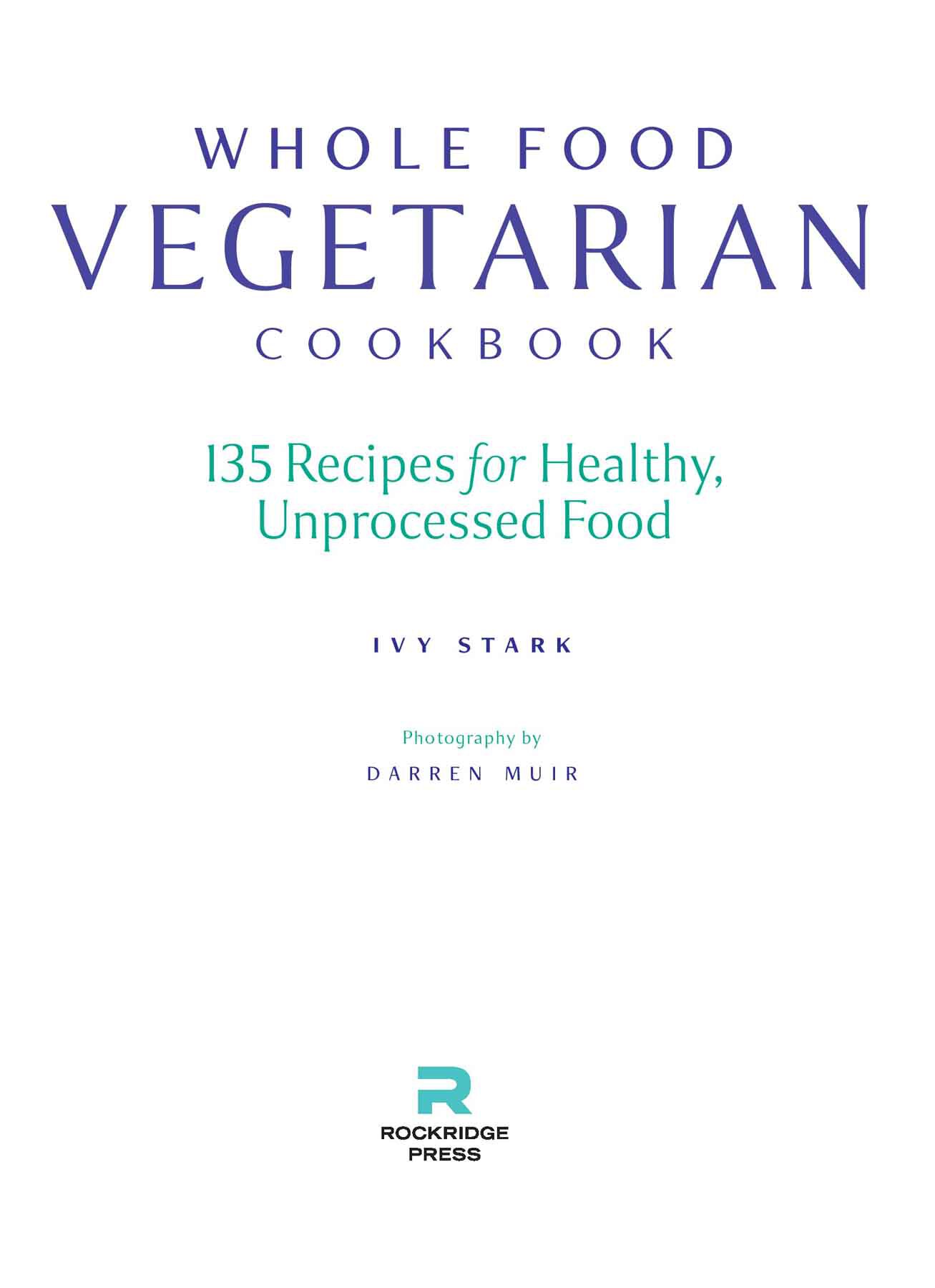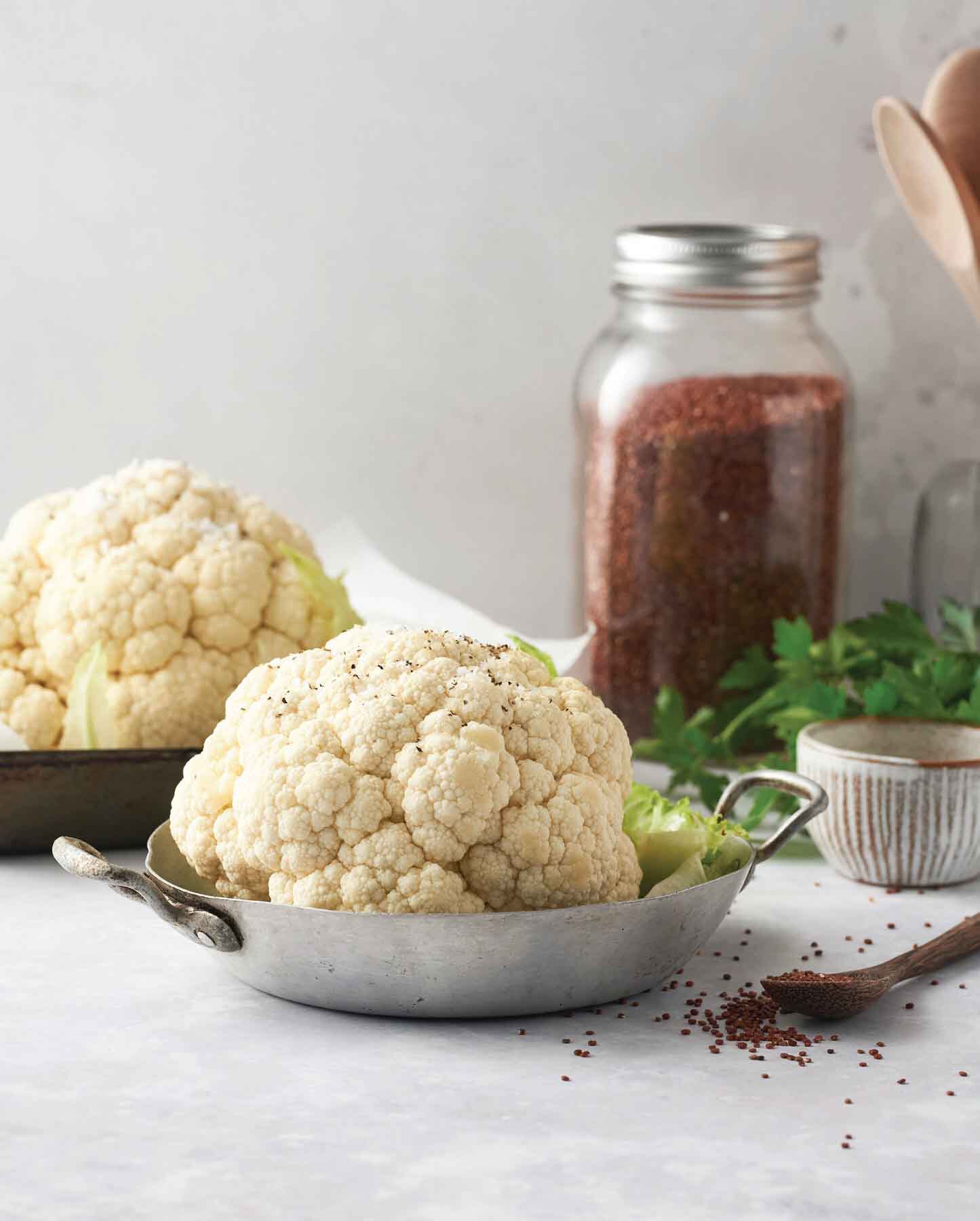Copyright 2020 by Rockridge Press, Emeryville, California
No part of this publication may be reproduced, stored in a retrieval system, or transmitted in any form or by any means, electronic, mechanical, photocopying, recording, scanning, or otherwise, except as permitted under Sections 107 or 108 of the 1976 United States Copyright Act, without the prior written permission of the Publisher. Requests to the Publisher for permission should be addressed to the Permissions Department, Rockridge Press, 6005 Shellmound Street, Suite 175, Emeryville, CA 94608.
Limit of Liability/Disclaimer of Warranty: The Publisher and the author make no representations or warranties with respect to the accuracy or completeness of the contents of this work and specifically disclaim all warranties, including without limitation warranties of fitness for a particular purpose. No warranty may be created or extended by sales or promotional materials. The advice and strategies contained herein may not be suitable for every situation. This work is sold with the understanding that the Publisher is not engaged in rendering medical, legal, or other professional advice or services. If professional assistance is required, the services of a competent professional person should be sought. Neither the Publisher nor the author shall be liable for damages arising herefrom. The fact that an individual, organization, or website is referred to in this work as a citation and/or potential source of further information does not mean that the author or the Publisher endorses the information the individual, organization, or website may provide or recommendations they/it may make. Further, readers should be aware that websites listed in this work may have changed or disappeared between when this work was written and when it is read.
For general information on our other products and services or to obtain technical support, please contact our Customer Care Department within the United States at (866) 744-2665, or outside the United States at (510) 253-0500.
Rockridge Press publishes its books in a variety of electronic and print formats. Some content that appears in print may not be available in electronic books, and vice versa.
TRADEMARKS: Rockridge Press and the Rockridge Press logo are trademarks or registered trademarks of Callisto Media Inc. and/or its affiliates, in the United States and other countries, and may not be used without written permission. All other trademarks are the property of their respective owners. Rockridge Press is not associated with any product or vendor mentioned in this book.
Interior and Designer: John Calmeyer
Art Producer: Megan Baggott
Editor: David Lytle
Production Editor: Emily Sheehan
Photography 2020 Darren Muir.
courtesy of Dillon Burke.
ISBN: Print 978-1-64611-884-7 | eBook 978-1-64611-885-4
R0
In memory of my dear friend Viejo.
You brought so much laughter and joy to my life... Cierro los ojos y an te escucho sonrer.
CONTENTS
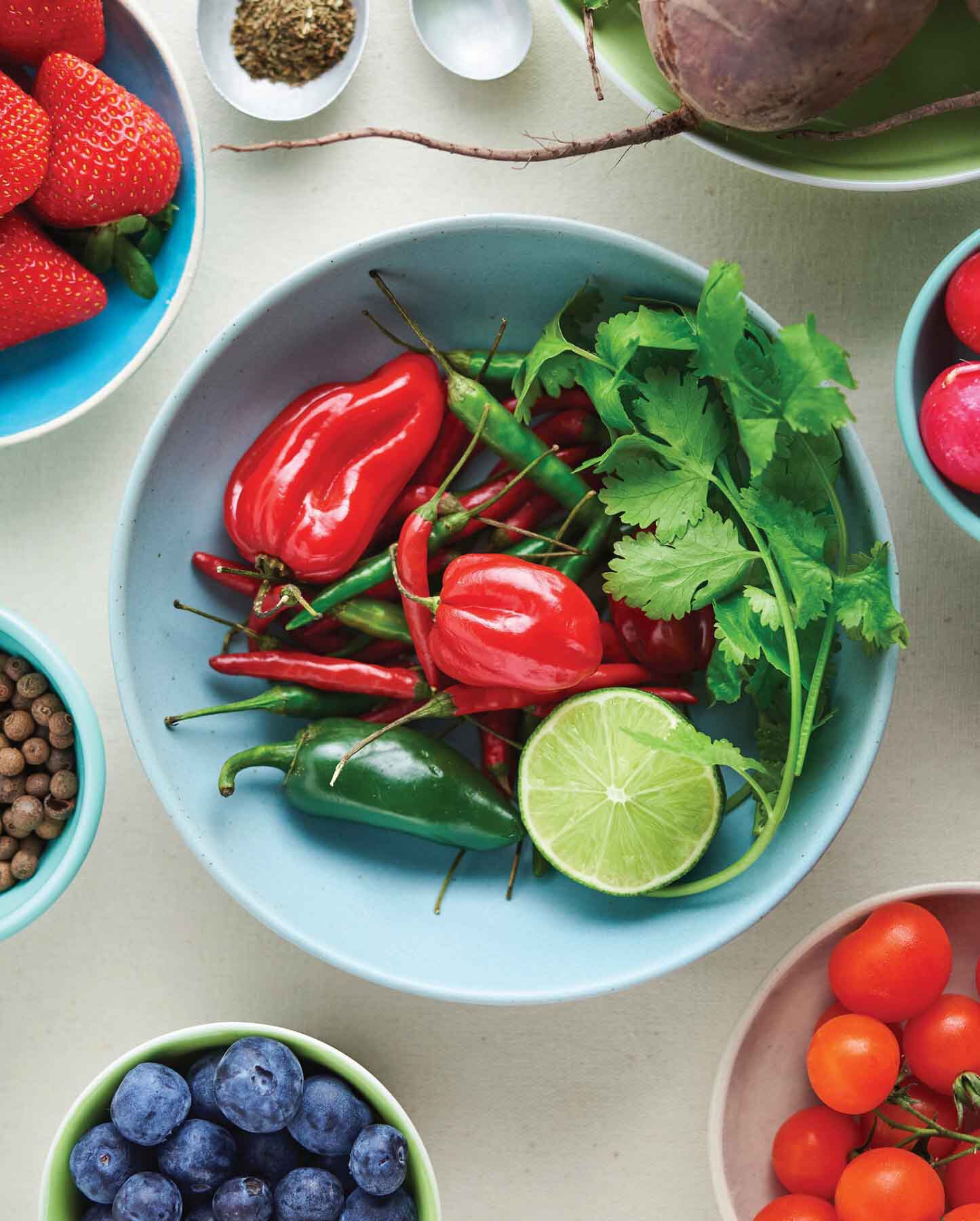
As the owner of a vegetarian/vegan restaurant, Im often asked if Im a strict vegetarian, and the answer is most of the time. Although the majority of the food I eat is plant based, as a professional chef, I find it essential to taste the food I prepare in my work setting, which includes other types of restaurants. I make sure that the meats and fish I serve are from cruelty-free, humane, and sustainable sources. I also enjoy sushi occasionally.
From the time I left home and began cooking for myself, Ive leaned toward a more plant-rich diet for many reasons. When I was in college in California, the abundance of extraordinary fresh produce was something Id never seen before while growing up in Colorado. The first asparagus I had ever eaten was from a jar. As a typical student, money was tight and meat was a luxury, so plant-based meals were the norm. These days, I find that even though I can buy meat every day, Id rather have a big bowl of satisfying grains spiked with beans, veggies, and herbs.
Recently, chefs have spearheaded the concept of beautiful vegetables as the stars of a dish and are forgoing the meat portion altogether. Besides being delicious and ultimately healthier, eating less meat can save thousands of dollars a year in groceries. Plant-based eating also benefits our planets ecosystem by reducing the use of endangered natural resources like water and reducing packaging waste.
In this book I share my passion for cooking plant-forward food with you from a healthy perspective. Whole foodsincluding seasonal fruits and vegetables, grains and legumes, pulses, nuts, seeds, herbs, and spicesdrive the recipes in this book. This book provides not just recipes but also a road map for making intelligent and thoughtful choices for eating nutritious food without feeling like youre on a diet. You picked up the book because you are looking to reap the benefits of eating more veggies, and I am here to help you eat veggies in a smart, delicious, and easy way. Do I have a lot of time to spend cooking for myself every day? Absolutely not! All the recipes are designed with this in mind, and whenever appropriate, I include prep-ahead advice that can save time. Along with the recipes, I share some tips for using leftovers and how to be flexible with ingredients and use what is available. In this way, we can reduce waste, which helps Mother Nature as well as our pocketbooks.

The term plant-forward is my way of describing clean eating, a concept that stresses healthy, whole, unprocessed foods. It may include small portions of animal protein if you are not a strict vegetarian, or if youre cooking for a non-vegetarian who wants to increase their consumption of nutrient-dense veggies. The plant-forward approach to eating and living well can maximize energy and optimize your health. Its not a diet at all but a lifestyle with a ton of flexibility, meaning that it can be adapted to fit everyday life. Lets look at how exactly one follows a plant-forward diet, and what makes it healthy.
A Variety of Vegetarians
A plant-forward diet consists of eating whole foods and plantsfruits, vegetables, whole grains, legumes, pulses, nuts, and seeds. One of the best things about this eating style is that it can be flexible. It doesnt necessarily mean plants only. For some people, a plant-based diet does exclude all animal products (vegan diet). For others, its a flexible choice, which means most of your foods are derived from plants and occasionally from animal sources (flexitarian diet). Others do not consume animals but still choose to eat dairy and eggs (lacto-ovo vegetarian). Pescatarians include fish in their plant-forward meals. Many of the recipes in this book are dairy-free, and in the cases that dairy is included, there are tips to show where the dairy products may be eliminated or replaced with non-dairy equivalents. We live in a world where excellent substitutes can be purchased, and I include recipes for non-dairy basics like butterless butter, non-dairy yogurt, and eggless mayo. All the recipes can be adjusted to add animal protein as you desire, but you will want to keep the portions small. You will feel full and satisfied and will not miss the large portions of meat that are part of the mainstream diet. In fact, you may find yourself eliminating meat altogether.




